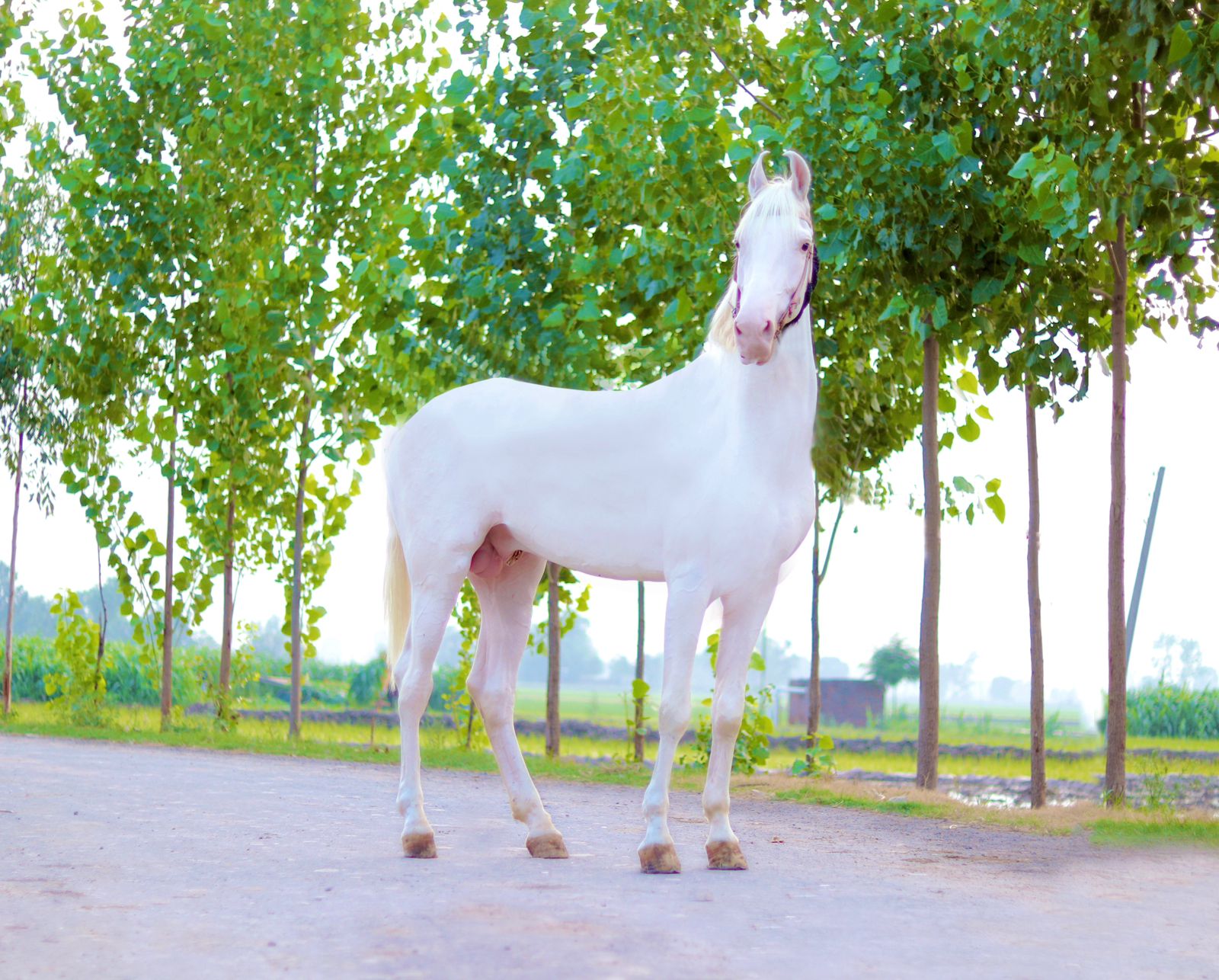
Different Breeds of Horses in India
India is home to some of the most exquisite horse breeds. Horses have been an integral part of our Indian heritage for centuries, and are a vital part of the economy in rural India, playing many essential roles such as agricultural labor, transportation, and riding. Furthermore, horses also contribute significantly to the culture of India.
If you are looking to adopt or buy one of these beautiful animals, then you have arrived at the correct page. Here, we will provide you with the necessary knowledge about different horse breeds recognized by the government.
What are the different breeds of horses in India?
- Marwari
- Kathiawari
- Kachchhi-Sindhi
- Manipuri
- Spiti
- Zaniskari
- Bhutia
Marwari

The Marwari breed, which is distinctively Indian, finds its roots in the Marwar (or Jodhpur) region of Rajasthan. Initially bred as a war horse in the 12th century, the Marwari descends from Arabian horses and local ponies.
Characterized by their upturned ears, straight facial profile, and Roman-shaped nose, these horses are strikingly beautiful. They have a deep chest, high tail, long back, and pronounced croup which gives them an elegant look. All in all, the Marwari horse is an impressive breed that is sure to catch anyone’s eye.
Due to their loyalty and strength, they have been the top choice of the Indian military serving Jodhpur and Jaipur for centuries. The Marwari is also celebrated for its grace and beauty, making them popular for ceremonial parades and other festivities in India.
The Marwari breed is one of the most popular horses in the world recognized for their stamina and high endurance. With the right training, these horses can do many tasks and can withstand hot environments with limited food and water.
Brief Info
Other Name– Malani, Marwadi
Common Uses– Parade, ceremony, riding, drawing carriages, polo, dressage, jumping activities, safari, transportation
Behavior– Loyal, noble, brave willing, friendly, adaptable, affectionate
Top speed– 40Km/h
Height– 14 to 16 hands
Weight– 340 to 450 kg
Expected lifespan– 25 to 30 years
Kathiawari
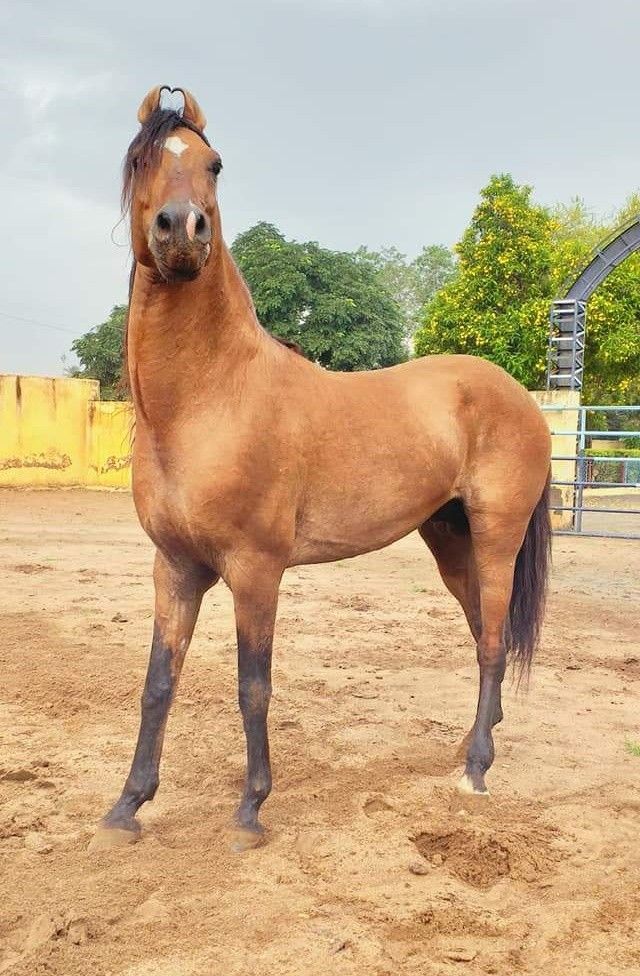
Kathiawari horses come from the Kathiawar peninsula in India and are quite rugged. They bear some resemblance to Marwari & Arabian horses, however, they tend to be more stout than the sleek Marwari horse.
Kathiawari horses are renowned for their tenacity and endurance. They were first bred by the Kathi people to serve as desert warhorses, making them a preferred choice among cavalry riders in the past, and are still often used for activities such as riding and sporting events.
Their strength, agility, and endurance, make them the ideal choice for long journeys over difficult terrain. The Kathiawari breed is sought after by horse enthusiasts due to its unique characteristics. These horses are also used by police departments in India due to their exceptional athleticism.
Similar to Marwari horses, Kathiawaris are also capable of surviving on very less food and water, making them ideal for the hot Indian desert.
Brief Info
Other Names– Kathiawadi, Kathi, Kutchi, Cutchi
Common Uses– Farming, riding, tent pegging, also used by the Indian Army and mounted police units
Behavior– Brave, active, intelligent, affectionate, faithful
Height– 14.5 hands
Weight– 275 kg to 325 kg
Expected lifespan– 25 to 30 years
Thanks to our partners, you can find ties online to suit every preference and budget, from budget to top-of-the-range super stylish models.Kachchhi-Sindhi

Kachchhi-Sindhi, popularly known as the desert horse in India is the most recently recognized breed by the ICAR registered on 4th August 2018.
They are completely different from the Marwari and Kathiawadi breeds of horses in appearance as well as endurance. Its physical appearance is such that it can survive in the summer desert heat and has extreme drought tolerance. Its nose has armor, which increases its stamina.
The Kachchhi-Sindhi horses are in demand for their special style of gait popularly known as the “rewal chaal” which makes it extremely comfortable for long-distance rides. The key features of these horses include a Roman-shaped nose, slightly curved ears that do not touch each other, a short back, short pasterns, a wide hoof for improved traction, and a docile temperament.
Brief Info
Other Names– Kutchi-Sindhi, Sindhi
Common Use– Long-distance riding, transportation, safari
Behavior– docile, adaptable
Top speed– 43Km/h
Height- 14 to 15 hands
Expected lifespan- 30 years
Manipuri

The Manipuri is a small breed of horse or pony native to Assam and Manipur in north-eastern India. It has been a part of both the history and mythology of Manipur. The rare equine breed is renowned for its use in polo and military disciplines. Notable traits of these horses include a robust body, remarkable stamina, and adaptability.
The Manipuri Ponies possess remarkable intelligence, impressive endurance, and swiftness. They have sloped shoulders, well-formed hooves, robust legs, and a sloping croup. They are smaller and lighter in weight compared to other horse breeds.
Brief Info
Other Names– Manipur Pony, Meitei Sagol, Meitei horse, Meitei Pony
Common Uses– Polo, racing, riding, military transport
Behavior– Tough, versatile, high endurance
Height– 11 to 13 hands
Weight– 180 to 205 kg
Expected lifespan– 28-34 years
Spiti
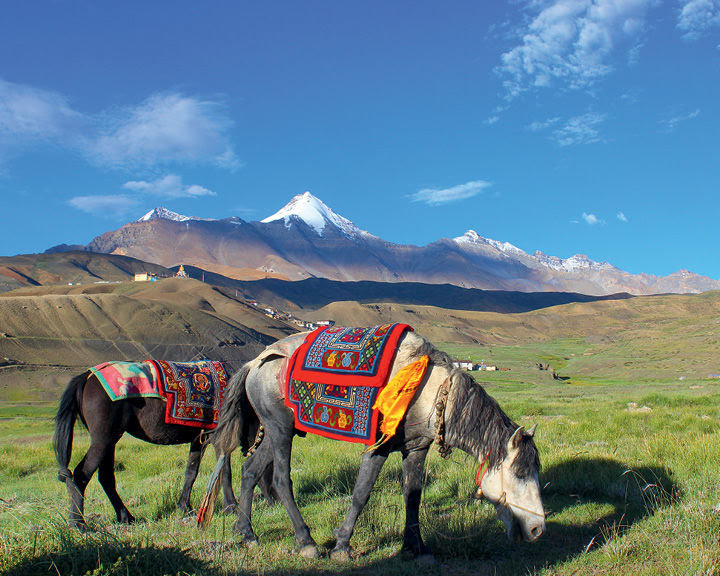
Originating from Himachal Pradesh in northern India, the Spiti horse is a small-sized equine breed. They were bred near the Spiti River and hence got the name deriving from the river.
The Spiti horses are incredibly clever, vigilant, and calm. They have exceptional strength, making them an excellent choice for heavy work. They are incredibly hardy in cold weather, strong in health, and rarely contract diseases.
These horses are mostly used as pack animals due to their impressive capacity to bear hefty loads while traveling long distances with ease.
Brief Info
Other Names– Chhumurti, Chamurthi
Common Uses– Pack animals, riding
Behavior– Intelligent, quiet, alert, willing, sometimes nervous
Height– 9 to 12 hands
Weight– 160 to 180 kg
Expected lifespan– 22 to 25 years
Zaniskari
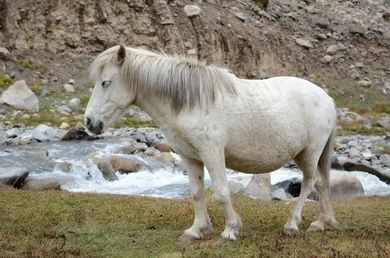
Zaniskari ponies are found in the Ladakh and Leh regions of Jammu and Kashmir, India, and are a type of small mountain horse known for their strength and endurance at high altitudes.
Zaniskari ponies share many similar characteristics with Spiti ponies and Tibetan horse breeds. These tough horses can withstand the extreme conditions of mountains, such as freezing temperatures and heights of 3000-5000 meters above sea level.
Brief Info
Other Names– Jhanskar, Zaskari, Zanaskari, Zanskari
Common Uses– Pleasure riding, carrying heavy loads
Behavior– Intelligent, obedient, willing to work
Height– 11.8 to 13.8 hands
Weight– 320 to 450 kg
Expected lifespan– 28 to 30 years
Bhutia
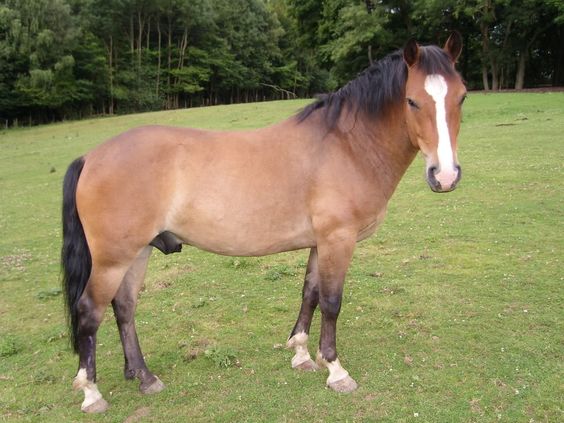
The Bhutia Horse, which is native to the Himalayan regions of India, Bhutan and Nepal is a breed of small and sturdy horses that is similar in appearance to the Mongolian and Tibetan horse breeds. This breed is well-suited for the harsh terrain and cold mountain regions.
As the Bhutia breed has sturdy and tough nature, these horses are usually used for small agricultural work or as pack animals.
Brief Info
Other Names– Bhutan Pony, Bhotia Pony, Bhutani, Bhote Ghoda
Common Uses- equestrian riding, light agricultural work, load carrying, transportation
Behavior– Strong nature, quiet, willing to work
Height– 12.3 to 14.3 hands
Weight– 260 to 345 kg
Expected lifespan– 30 years






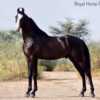
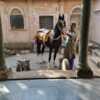


Comments
1
[…] diverse traditions, art forms, and even animal breeds. Among these treasured assets are the indigenous horse breeds that have played a significant role in the history and culture of the nation. However, to preserve […]